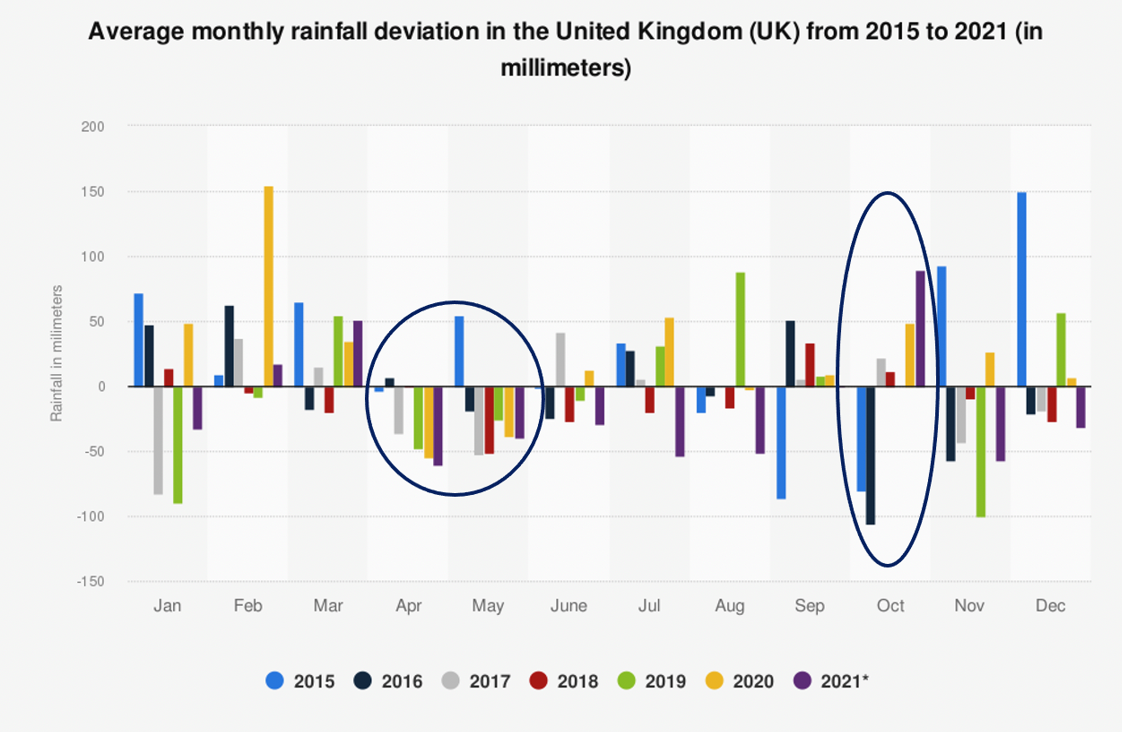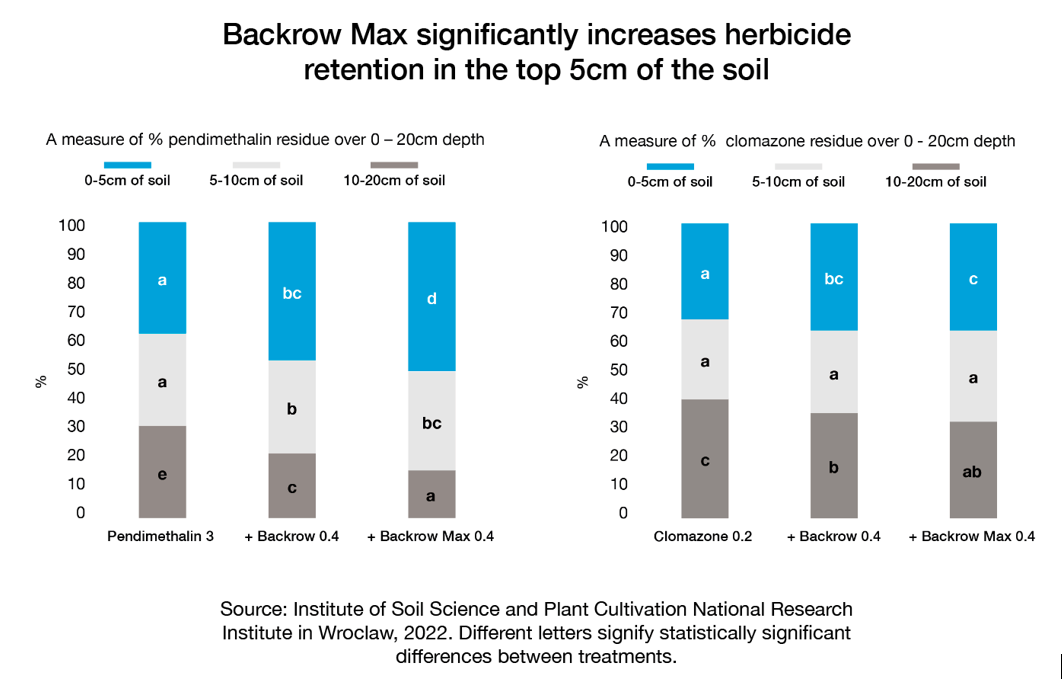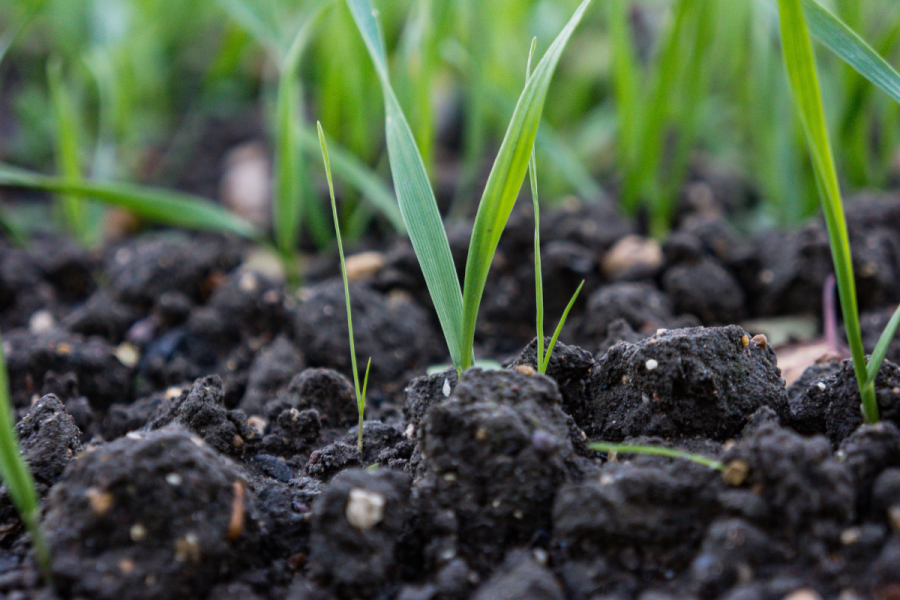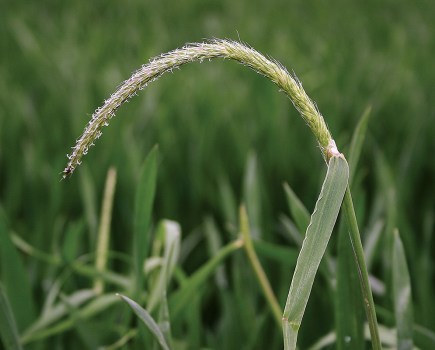A new adjuvant, specifically formulated for use with residual herbicides, has gained approval from CRD. Interagro believe this latest addition – Backrow Max – to its ranks of specialist adjuvant products is set to become a crucial weapon in the armoury to help growers battling grassweeds this autumn.
By Lucy de la Pasture
With residual herbicide performance under pressure from resistant populations, achieving the Holy Grail of 97% blackgrass control to curtail populations is no easy task. Add in sub-optimal weather conditions that can chip away at the performance of even the strongest residual, then keeping problem weeds at bay can feel like a never-ending battle, according to Stuart Sutherland, technical manager for Interagro.
“Backrow Max is a step-on from the UK’s leading residual herbicide adjuvant Backrow (source: KynetecDmr 2015-21), and offers real practical benefits to growers,” he explains. “It makes herbicide applications more targeted, enhancing herbicide coverage and deposition across the soil which is essential when it comes to maximising contact with germinating weeds.
“But the real big advantage when using Backrow Max is its ‘holding’ power in wet soils and this is what sets it apart from other adjuvants, including Backrow,” notes Stuart. “Independent research has shown that it provides even stronger herbicide retention in the top 5cm of the soil, which is where blackgrass emerges from, following heavy rainfall.
“Crucially for growers, this ensures herbicide concentration in the weed germination zone is sufficiently lethal and it keeps it there for longer, helping to control subsequent flushes of weeds,” he comments.
Met Office data looking back to 2015 shows that the month of October is becoming wetter, he adds. “While delayed drilling reduces the overall amount of blackgrass likely to germinate with the crop, the wetter weather is becoming more of a threat to herbicide performance too.
October getting wetter, Spring getting drier

“All pre-em herbicides are mobile, but the extent of their mobility depends on their chemical properties and on soil type. They often all require additional support from an effective adjuvant to keep them in the weed germination zone in wet soils, and especially in light soils.”
Creates a stronger herbicide barrier in wet soils
According to Stuart, research conducted by the Institute of Soil Science and Plant Cultivation in Poland in 2021 showed that even (relatively insoluble) pendimethalin moves in wet soils. It also showed that adjuvants vary greatly in their influence on herbicide retention and Backrow was the top performer (See CPM October 2021).
“Further research in 2022 showed Backrow Max to be even better, increasing pendimethalin and clomazone retention significantly (see graph below),” he adds.

“Heavy rain doesn’t just impact weed control, it also has implications for crop and groundwater safety too, particularly with herbicides that are more prone to leaching and with residual stacking in the autumn,” adds Stuart.
“It’s important to bear in mind that any herbicide damage to the crop will not only impact establishment, it will also reduce the crop’s competitiveness against germinating weeds that will be fighting for light, space and nutrients in the soil.
And there is the risk of some herbicides turning up in groundwater, he stresses. “Leaching research conducted in The Netherlands has previously shown that Backrow can reduce chemical leaching by >60%. Given Backrow Max offers even stronger retention in wet soils, it’s the perfect safety net for growers who will be spraying their fields this autumn.”
Lowers dependency on rainfall for activation
“Trials show that Backrow Max can top up weed control by as much as 20% in dry soils.
With Met Office records showing the months of April and May are becoming drier – as shown in the graph above – Backrow Max is as valuable addition to pre- and peri-emergence applications in the spring as it is in the autumn,” explains Stuart.
“With some spring crops there are very few, if any post-emergence herbicides available, so getting the most from pre-em applications is crucial. Backrow Max is approved for use in an extensive list of crops, including vegetables, so it really is worth considering given the benefits.”
So what can growers expect in the field? “Backrow trials over the past decade show an average benefit of 9% blackgrass control with a wide range of different residuals. Weed control with Backrow Max is at least as effective as Backrow – confirmed in 4 years of trials,” says Stuart.
“Backrow Max also has a cleaner label, with no hazard statements, so it’s better for the environment too.”




